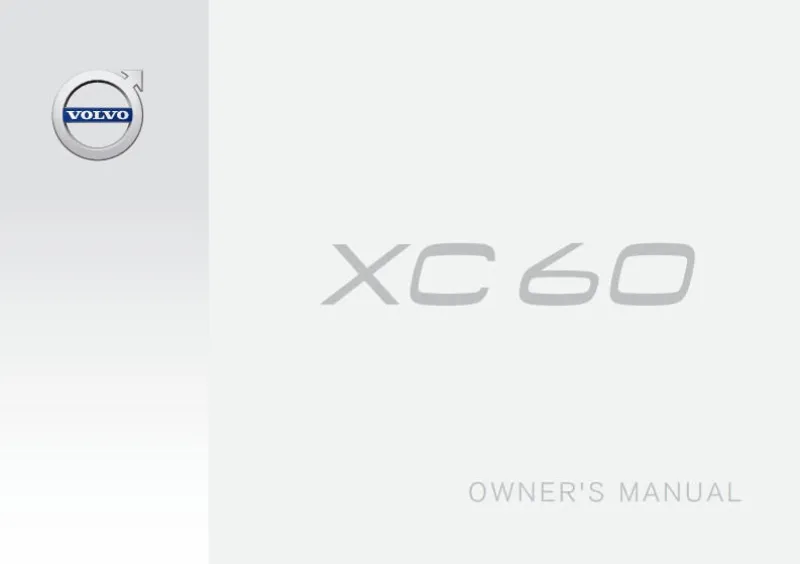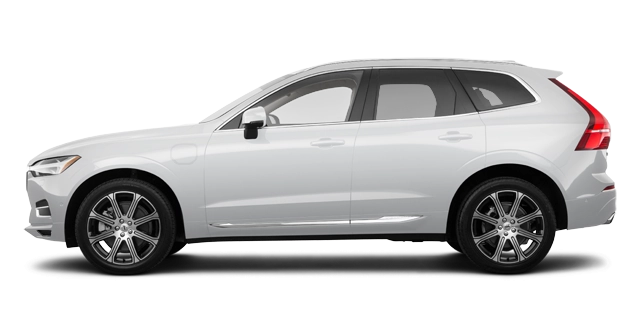2017 Volvo Xc60 Owner's Manual

Table of Contents
2017 Volvo Xc60 Overview
Introduction
The 2017 Volvo XC60 stands as a premium compact SUV that embodies the perfect blend of performance, style, and advanced safety features. Designed for families and adventure seekers alike, it combines elegant Scandinavian design with practicality, making it an attractive option in the crowded SUV market. With an intuitive multimedia system and ample cargo space, the XC60 is perfect for both daily commutes and weekend getaways.
Powertrains
The 2017 XC60 offers a range of powertrains designed to suit various driving preferences. The base model comes equipped with a 2.5-liter turbocharged inline-five engine that generates 250 horsepower, delivering a satisfying blend of power and efficiency. For those seeking enhanced performance, the T6 variant features a 2.0-liter supercharged and turbocharged inline-four engine, producing 302 horsepower. Both engines are mated to an eight-speed automatic transmission, providing seamless gear shifts, while the all-wheel-drive system enhances traction and handling on various terrains.
Trims
The XC60 is available in several trims, including the base T5 drive-e and the more luxurious T6 AWD. Each trim level offers an array of optional packages that allow owners to customize their vehicles according to their preferences. The momentum trim adds a host of features such as a panoramic sunroof, keyless entry, leather upholstery, and advanced driver assistance systems, making it an enticing choice for discerning buyers.
Features
This SUV is equipped with a variety of features aimed at ensuring comfort, convenience, and safety. Standard equipment includes a 7-inch touchscreen interface, Bluetooth connectivity, rear parking sensors, and a rearview camera. Available options enhance the vehicle further with a premium sound system, navigation, adaptive cruise control, and Pilot Assist, Volvo’s semi-autonomous driving technology that enhances safety and convenience on long drives.
Owner's Manual
The owner's manual for the 2017 Volvo XC60 provides valuable information on operating and maintaining the vehicle. It includes clear instructions on essential functions, safety features, and care recommendations to ensure the longevity of the SUV. Furthermore, it covers any specific maintenance schedules and troubleshooting tips, empowering owners to get the most out of their driving experience.
User manual download
The Volvo Xc60 owner manual for the 2017 model year is to be found in PDF downloadable format on this page. The owner manual for the model year 2017 is free and in English, but the repair manuals are usually not easy to get and may cost more.
Manual Questions
Fill the form below and someone will help you!

